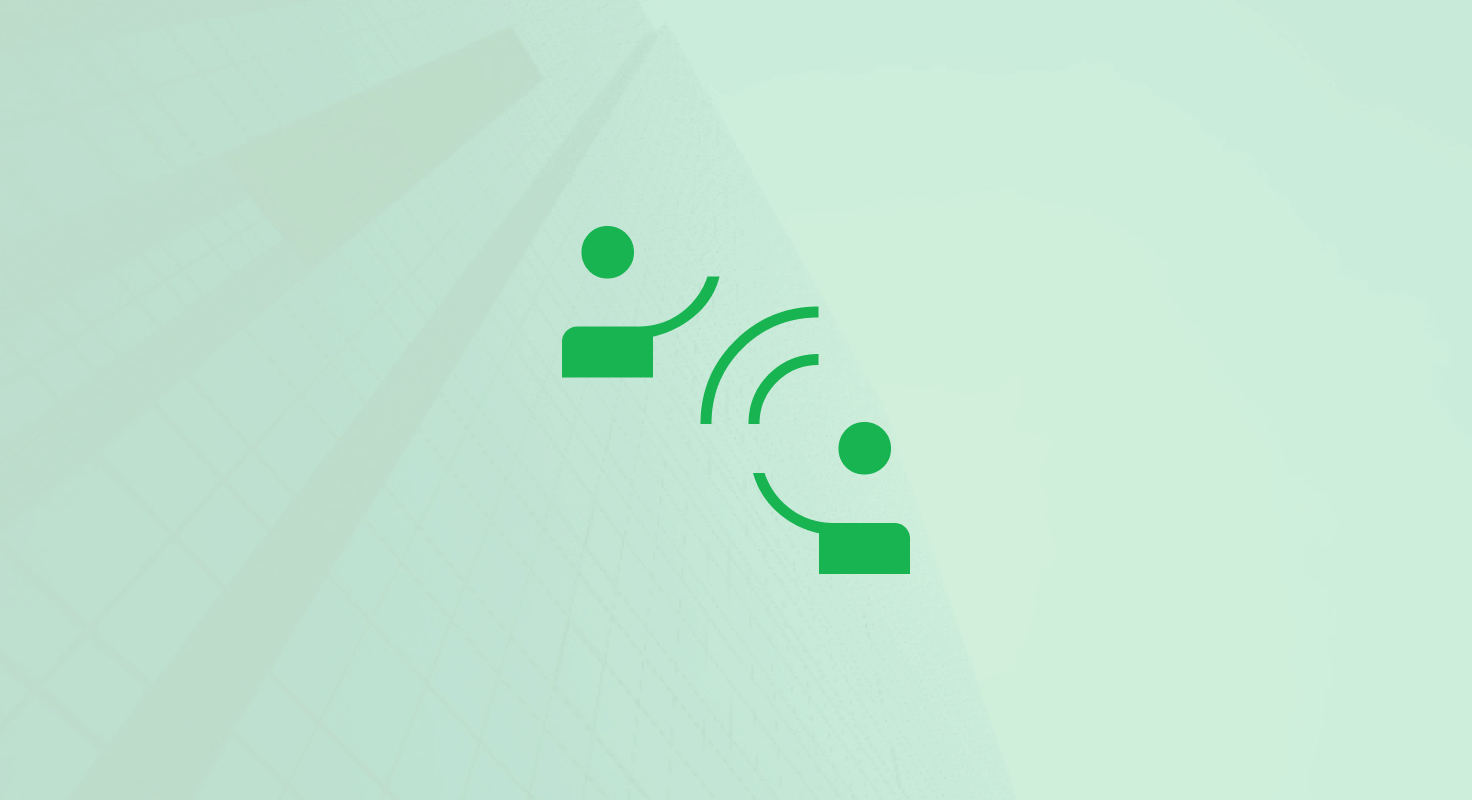Table of Contents
It all started with “QWERTYIOP”. In 1971, Ray Tomlinson typed up that random assembly of letters, or something similar to it, in the first email message ever sent.
Over the last 50+ years, email has become a prime method of communication in both the business world and for personal use. While it may no longer be a shiny new object, email is still one of the most effective methods of connecting with others when face-to-face meetings aren’t an option.
A crucial improvement to email has been the automation of it. While that certainly would have sounded like science fiction to Ray Tomlinson back in 1971, it’s reality today.
TL;DR: Email Automation Still Wins
-
Email may be old school, but automation makes it a modern powerhouse
-
Set up workflows based on triggers like signups, purchases, or inactivity
-
Saves time, scales outreach, and boosts personalization at every stage
-
Welcome emails, cart reminders, and review requests all run on autopilot
-
Tools like HubSpot and Lavender keep it smart, fast, and human
-
Just avoid spam traps and make sure your message actually lands
What is Email Automation?
Email automation is exactly what it sounds like. It refers to the process of using software or tools (like HubSpot!) to set up a series of emails to be sent automatically. To be more specific, it is a process used to target subscribers and customers, both prospective and current, based on predefined triggers/actions and criteria. If you're in the marketing/sales industry, you’ll often hear terms such as “email workflows” or “drip campaigns” to describe these email marketing automation strategies.
What are the Benefits of Email Automation?
Saves Time and Effort
If you asked people to make a list of what the benefits of automating email would be, this would probably be number one or two for nearly everyone. It’s quite obvious that by creating and scheduling email campaigns in advance, businesses can save time and effort, as they no longer need to manually send out every email individually.
This allows you to scale your email marketing efforts and reach a larger audience without increasing your workload, and freeing up time for other tasks (just don’t let your boss know how much extra time you have on your hands now!).
Personalization
Automation tools allow businesses to tailor their emails to the specific needs and interests of each subscriber or customer. When you are able to segment your audience based on factors such as demographics, behavior, or purchase history, it provides a more relevant experience. The result? Customers are more likely to engage with those targeted emails and take the desired action, such as making a purchase, downloading content, or signing up for an event.
Consistency
Automated emails help ensure that subscribers or customers receive regular communications from a company, helping to build brand recognition and customer loyalty. In addition, by creating email templates, you can ensure that your messaging is consistent across all your emails. This is especially useful if you are sending out regular newsletters or promotional emails.
Higher ROI with Analytics
You can track the performance of your automated emails, such as open rates, click-through rates, and conversion rates, and make necessary adjustments to improve their effectiveness. Automated email platforms provide detailed analytics that help you track the success of your campaigns, identify areas for improvement, and adjust your strategy accordingly.
Low Cost
Email automation requires minimal resources once set up as the required tools are relatively inexpensive and require little to no ongoing maintenance, making them a cost-effective solution for businesses of all sizes.
What are Some Examples of Email Automation?
Email automation isn’t just one thing, but rather a method for executing many essential functions with fewer errors, more consistency, and less manual labor. Yes. Please.
Welcome Emails
The first communication that a business has with a customer is probably the most important one it will have. Automated welcome emails are sent to new subscribers or customers immediately after they sign up, welcoming them to your business or service and introducing them to your brand or product.
Abandoned Cart Emails
Aren’t you forgetting something? These emails are sent to customers who added items to their shopping cart but did not complete the purchase. They may include a reminder of the items left in the cart, along with a special offer to entice the customer to complete the purchase.
Order Confirmation Emails
After you hit “submit” or “pay”, it’s always a great feeling to hear that inbox bell ring. These automated emails are sent to customers after they place an order, confirming it has been received and providing details about the order and delivery. This is also a good opportunity to thank the customer for their business and suggest related or complementary products for future purchases.
Re-engagement Emails
These are sent to (inactive) subscribers who have not opened or clicked on any of your emails in a while, in an effort to re-engage them with your content. They can include special offers or promotions.
Birthday/Anniversary Emails
A customer’s own family members may forget their birthday or anniversary, but that doesn't mean your business has to! These emails are sent to customers/subscribers on their birthday or anniversary, offering them a special discount or gift.
Feedback/Review Request Emails
These are automatically sent to customers after they receive their order, asking them to provide feedback or leave a review of your product/brand or service. This type of automated email follow up is one of the most crucial as it ensures the customer receives an opportunity to review your product or service while the experience is still fresh in their mind. A customer is also much more likely to actually fill out a review immediately after their purchase as opposed to randomly getting an email about it three weeks later.
How do you keep automated emails out of the spam folder?
When it comes to managing your own, personal inbox, spam filters are a dream come true, but when it comes to creating automated email campaigns, they can be your worst nightmare. All those well-thought out, personalized messages won’t do you any good if they’re not actually getting to the intended recipients. Here’s how to avoid that scenario:
Reputation: Use an email service provider that follows email best practices and has a good reputation with internet service providers and email clients.
Consistency: Use a consistent "from" address and domain for all your emails such as your company name or the name of a person within your organization.
Clarity: Make sure your email subject line is clear, relevant, and not misleading; it should accurately reflect the content of your email.
Restraint: Avoid using excessive images, links, and spam trigger words such as "free", "urgent", "money", "act now", and others that are commonly associated with spam.
Personalization: Personalize your emails with the recipient's name and other relevant details.
Permission: Ensure that you have obtained permission from your recipients to send them emails. This can be done through opt-in forms or by asking them to confirm their email address.
What are the potential downsides of email automation?
Automating your emails is great…until it’s not. Here are some potential pitfalls of the practice (alliteration is awesome, isn't it?)
Lack of Personalization
Although “personalization” is listed as a benefit above, poorly constructed email campaigns can have the opposite effect. Sometimes these emails can come across as generic, which negatively impacts the recipient's perception of the sender or brand. This leads to an overall lack of engagement and a lower response rate.
The solution? Lavender. By using their Email Assistant personalization tool you can automatically pull up information about your intended recipient, including a bio, personality traits, and work history!
In addition, Lavender has a tool that will rate your email on a scale of 1-100, with 100 being the best. To help improve your score, the tool offers specific tips for optimization (e.g. subject length, body length). Also, it shows you how your email will appear on a mobile device, which is important considering that's how a majority of people are viewing their emails.
Limited Flexibility
Email automation requires pre-written templates and set triggers, which can limit your ability to tailor messages to specific situations or respond to individual customer needs. Also, it may not accommodate unique or unexpected situations that require a personalized touch.
Tech Errors
If there are technical issues or glitches, emails may not be sent or may be sent incorrectly. There’s nothing like waking up on a Monday morning only to find out that 1,876 emails were just sent out to the wrong people.
The Future is Here
In the not-too-distant past, the idea of sending a message from one computer user to another seemed like something out of an H.G. Wells novel. However, we now possess the ability to not only send those messages, but to essentially have them send themselves.
Email automation is vital for any company looking to increase their level of personalization and consistency when it comes to customer interaction. Whether it’s a welcome email, a birthday email, or one to confirm a purchase, email automation tools are the perfect solution for providing timely interactions with customers.
The Revenue Performance Model
Do you want to track the entire revenue journey in your CRM so you can see what's broken, why it happened, and where to fix it?
Download the Revenue Performance Model HERE
.png)

.png)


